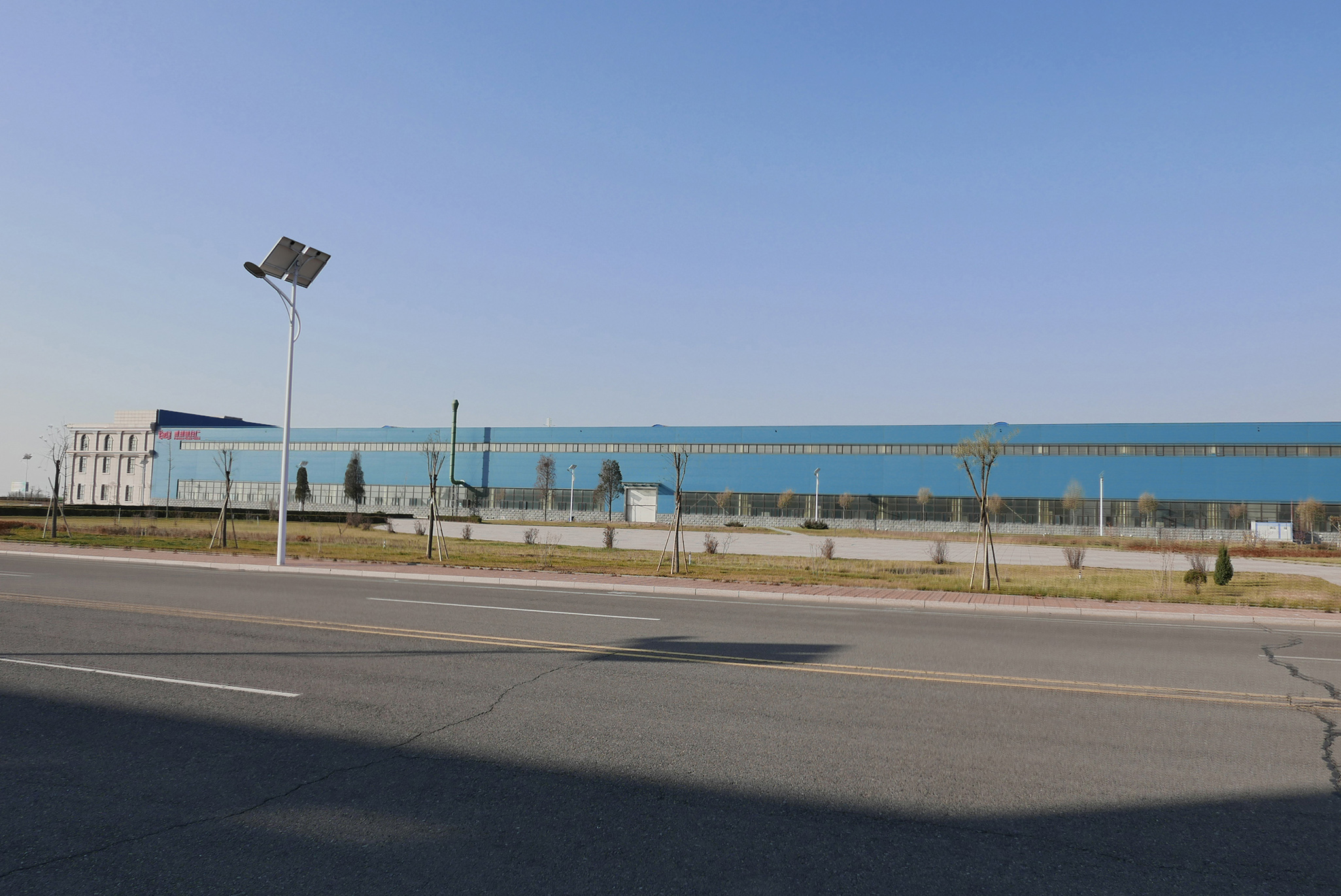- Afrikaans
- Albanian
- Amharic
- Arabic
- Armenian
- Azerbaijani
- Basque
- Belarusian
- Bengali
- Bosnian
- Bulgarian
- Catalan
- Cebuano
- China
- China (Taiwan)
- Corsican
- Croatian
- Czech
- Danish
- Dutch
- English
- Esperanto
- Estonian
- Finnish
- French
- Frisian
- Galician
- Georgian
- German
- Greek
- Gujarati
- Haitian Creole
- hausa
- hawaiian
- Hebrew
- Hindi
- Miao
- Hungarian
- Icelandic
- igbo
- Indonesian
- irish
- Italian
- Japanese
- Javanese
- Kannada
- kazakh
- Khmer
- Rwandese
- Korean
- Kurdish
- Kyrgyz
- Lao
- Latin
- Latvian
- Lithuanian
- Luxembourgish
- Macedonian
- Malgashi
- Malay
- Malayalam
- Maltese
- Maori
- Marathi
- Mongolian
- Myanmar
- Nepali
- Norwegian
- Norwegian
- Occitan
- Pashto
- Persian
- Polish
- Portuguese
- Punjabi
- Romanian
- Russian
- Samoan
- Scottish Gaelic
- Serbian
- Sesotho
- Shona
- Sindhi
- Sinhala
- Slovak
- Slovenian
- Somali
- Spanish
- Sundanese
- Swahili
- Swedish
- Tagalog
- Tajik
- Tamil
- Tatar
- Telugu
- Thai
- Turkish
- Turkmen
- Ukrainian
- Urdu
- Uighur
- Uzbek
- Vietnamese
- Welsh
- Bantu
- Yiddish
- Yoruba
- Zulu
Nov . 08, 2024 09:11 Back to list
OEM Water Glass Casting Solutions for Precision Manufacturing and High-Quality Parts
The Importance of OEM Water Glass Casting in Modern Manufacturing
In today’s rapidly advancing industrial landscape, the need for precision and quality in manufacturing processes has become more critical than ever. One of the remarkable techniques gaining traction is OEM (Original Equipment Manufacturer) water glass casting. This method, which utilizes sodium silicate as a bonding agent, has paved the way for innovative casting solutions, significantly impacting various industries, from automotive to aerospace.
Understanding Water Glass Casting
Water glass, or sodium silicate, is a versatile compound that acts as a binder in the casting process. When mixed with sand, it creates a resilient mold that can withstand high temperatures. This method is particularly valued for its ability to produce intricate designs with a smooth finish, making it ideal for complex components that require fine detailing.
In the OEM sphere, companies seek to create products that meet specific design specifications while maintaining high standards of quality and cost-effectiveness. Water glass casting fits seamlessly into this framework by allowing manufacturers to produce custom parts that align with the unique needs of their clients. The process provides excellent dimensional accuracy, ensuring that each part meets the precise measurements required for OEM applications.
Advantages of OEM Water Glass Casting
1. Cost-Effectiveness One of the standout benefits of water glass casting in OEM manufacturing is its cost efficiency. Traditional casting methods often involve significant expenses related to tooling and finishing. In contrast, water glass casting reduces these costs by minimizing the need for extensive mold-making processes, thereby streamlining production.
oem water glass casting

2. Environmental Friendliness As industries move towards sustainable practices, water glass casting presents an eco-friendly solution. The ingredients used in this casting process are less harmful than those in traditional methods, and the use of sand as a primary material ensures that the environmental impact is minimized. Additionally, the process generates fewer waste by-products, aligning with modern green manufacturing initiatives.
3. Versatility Water glass casting is capable of producing parts in various sizes and complexities. Its adaptability allows manufacturers to cater to diverse industries, including automotive, heavy machinery, and consumer goods. Whether producing small, intricate components or large structural parts, water glass casting provides the versatility that OEMs require.
4. Superior Surface Finish Products cast using water glass exhibit excellent surface finishes due to the finely detailed molds. This advantage reduces the need for extensive post-processing, leading to quicker turnaround times and enhanced production efficiency. In industries where aesthetics matter, such as consumer electronics or automotive interiors, this quality becomes crucial.
5. Durability and Strength Parts produced through water glass casting are known for their impressive strength and durability. The chemical properties of sodium silicate enable the creation of robust components that can withstand rigorous operational conditions. This resilience is particularly beneficial in industries like aerospace, where material integrity is non-negotiable.
Conclusion
In conclusion, OEM water glass casting stands out as a leading casting method in contemporary manufacturing. Its combination of cost-effectiveness, environmental sustainability, versatility, superior surface finish, and durability addresses the complex demands of today’s industries. As businesses continue to seek innovative solutions to enhance productivity and meet consumer expectations, water glass casting is poised to play a significant role in shaping the future of OEM manufacturing. By embracing this advanced technique, manufacturers can not only optimize their operations but also contribute to a more sustainable and efficient industrial ecosystem.
-
Silica Sol Casting Supplier – Custom, ODM & Buy Services High Precision Casting Solutions
NewsJun.10,2025
-
High-Performance AODD Pumps for Diverse Applications Buy Custom & ODM AODD Solutions Online
NewsJun.10,2025
-
High-Quality Casting Machinery Parts Custom & ODM Services Available
NewsJun.10,2025
-
Premium Punching Cement Concrete Pipe Mold Pallets Custom ODM Available
NewsJun.10,2025
-
Premium Cast Aluminum Silicon Radiator Castings For Sale
NewsJun.10,2025
-
Custom Cast Steel Pipe Mold Pallet for Durable Precision
NewsJun.10,2025


